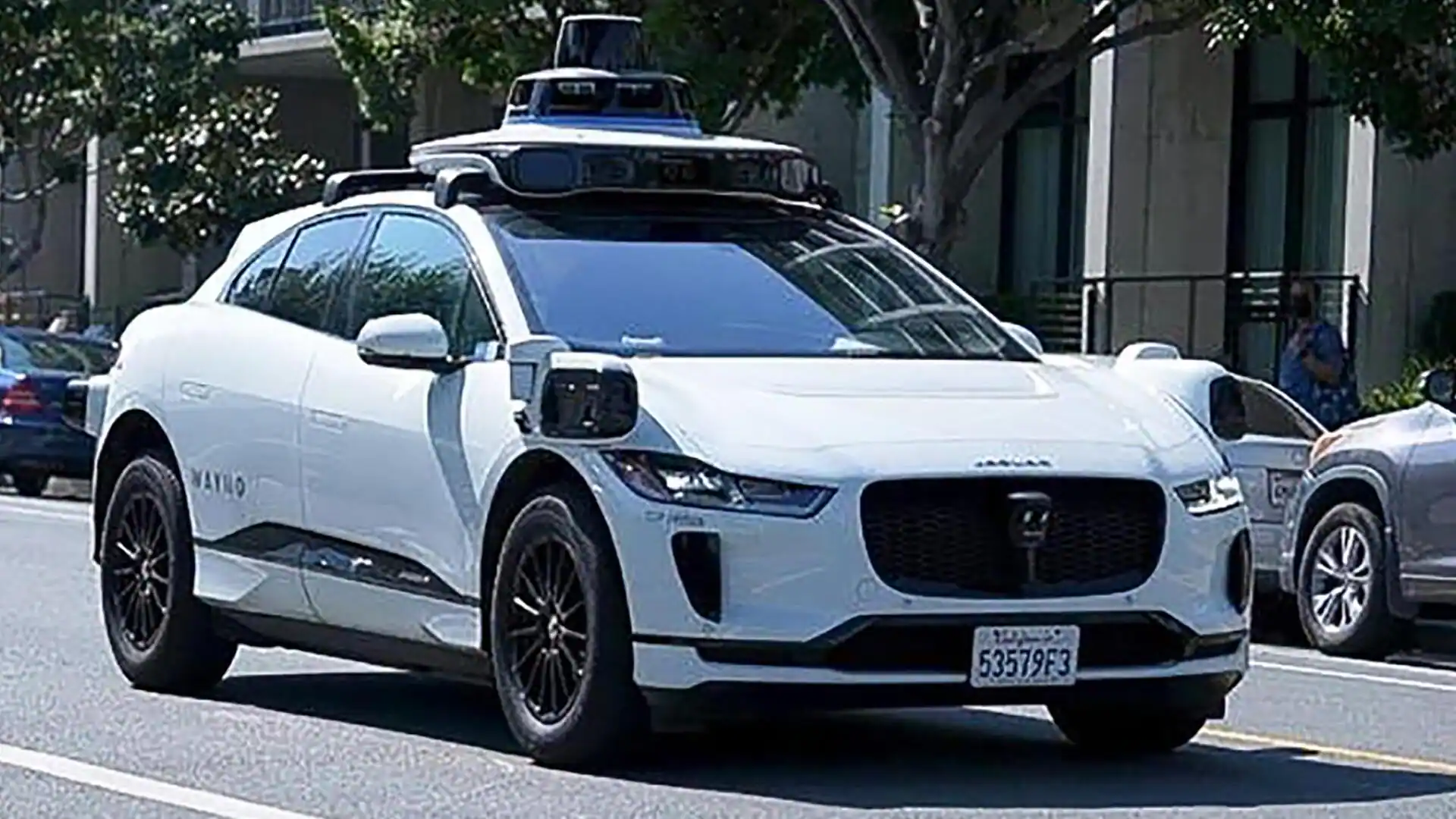Modern cars come with advanced safety features designed to prevent accidents and protect passengers. These features use technology like cameras, sensors, and automated systems to assist drivers in different situations.
By improving vehicle stability, enhancing braking performance, and alerting drivers to potential hazards, these safety features make driving much safer.
One of the most important advancements in car safety is electronic stability control (ESC), which helps prevent rollovers by keeping the car stable.
These technologies significantly reduce the risk of accidents, but drivers should use them responsibly. Knowing how each feature works and understanding its limitations is important.
Safety systems are there to assist, but they don’t replace careful driving. By using these features correctly, drivers can ensure a safer experience on the road.
As cars continue to, safety innovations will only improve. Whether you are buying a new car or learning about the latest advancements, understanding these safety features can help you make informed decisions and drive with confidence.
12) Run-Off Road Protection, A Life-Saving Safety Innovation
Car safety has improved significantly over the years, with both passive and active safety features helping reduce accidents. Passive safety features, like seat belts and airbags, protect passengers after an accident happens.
However, active safety features work to prevent crashes or minimize their impact. One such innovation is Volvo’s run-off road protection system.
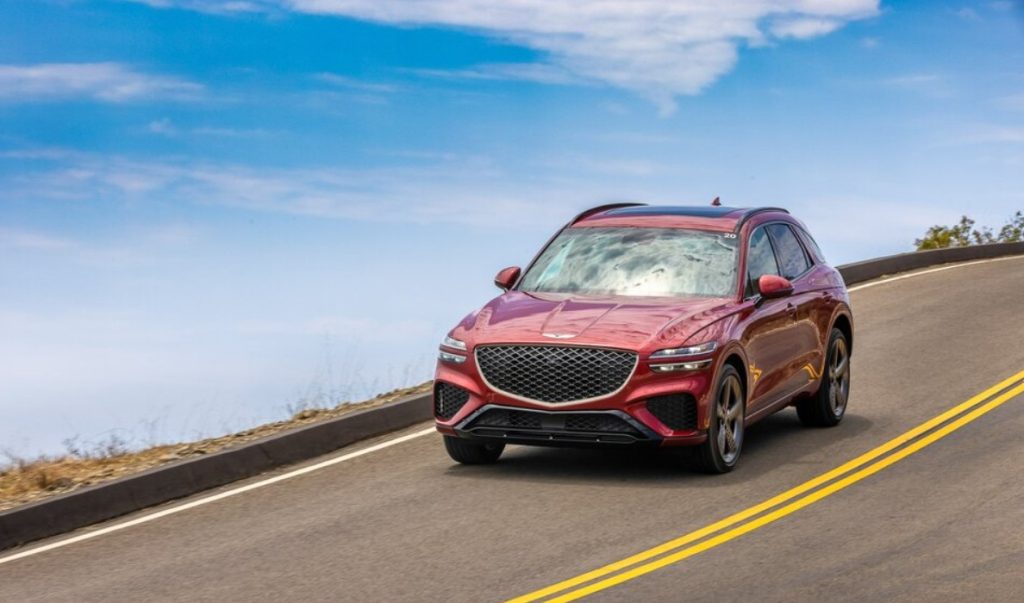
In 2020, Volvo made a bold promise that no one should be seriously injured or killed in a new Volvo car. As part of this commitment, they introduced run-off road protection in the Volvo XC90. This technology helps reduce the risk of serious injuries when a vehicle unintentionally leaves the road.
If a crash occurs, the airbags deploy to provide additional protection. At the same time, the brake pedal retracts to prevent leg injuries. These combined features ensure that even in the worst-case scenario, passengers have the highest level of safety possible.
Run-off road protection is especially useful in situations where drivers lose control due to harsh weather, drowsiness, or sudden obstacles. Many accidents happen when cars leave the road, making this feature crucial for reducing serious injuries and fatalities.
Also read:Boost Your Ride: 5 Best Cold Air Intake Systems for Maximum Horsepower
Run-off road protection is a reminder of how important vehicle safety has become. While drivers must always remain alert and cautious, having advanced safety systems can make a significant difference. As technology improves, we can expect even more life-saving innovations in the future.
11) Autonomous Emergency Braking (AEB), A Game-Changer in Car Safety
Car accidents happen in seconds, often because drivers don’t have enough time to react. Autonomous Emergency Braking (AEB) is a technology designed to prevent collisions by detecting obstacles ahead and automatically applying the brakes if the driver does not respond in time. This system has significantly improved road safety and continues to.
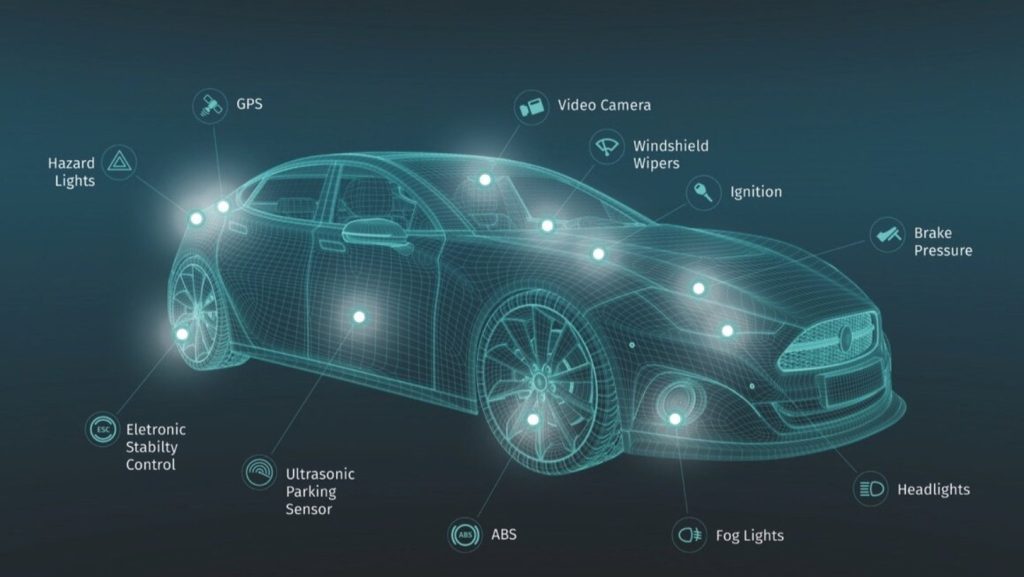
AEB works by using sensors, cameras, and radar to monitor traffic conditions. When the system detects a potential crash, it first gives the driver a visual or audible warning. If the driver doesn’t take action, AEB automatically applies the brakes to slow down or stop the car, reducing the severity of the impact or avoiding the collision altogether.
Volvo was one of the first car manufacturers to introduce collision avoidance technology in 2006. By 2008, it became a standard feature in Volvo’s new models under the name City Safety. The company claims that AEB has reduced insurance claims for rear-end collisions by 28%, proving its effectiveness in preventing accidents.
Despite its benefits, AEB is not yet available in all vehicles. Currently, about 21% of new cars have AEB as a standard feature, while 27% offer it as an optional add-on. However, this number is expected to rise as safety standards become stricter and more manufacturers adopt the technology.
10) Fatigue Monitoring, Helping Drivers Stay Safe on the Road
Driving for long periods can lead to fatigue, which is a serious risk for drivers. Fatigue monitoring systems are designed to help keep drivers safe by monitoring their alertness and encouraging them to take breaks when needed. These systems are especially useful on long trips where drivers might not realize they are becoming tired.
Another factor that these systems monitor is the driver’s steering behavior. If a driver begins to make erratic or inconsistent steering movements, the system may detect signs of fatigue. This helps the system identify when the driver’s attention is drifting or when their reflexes may be slowing down.
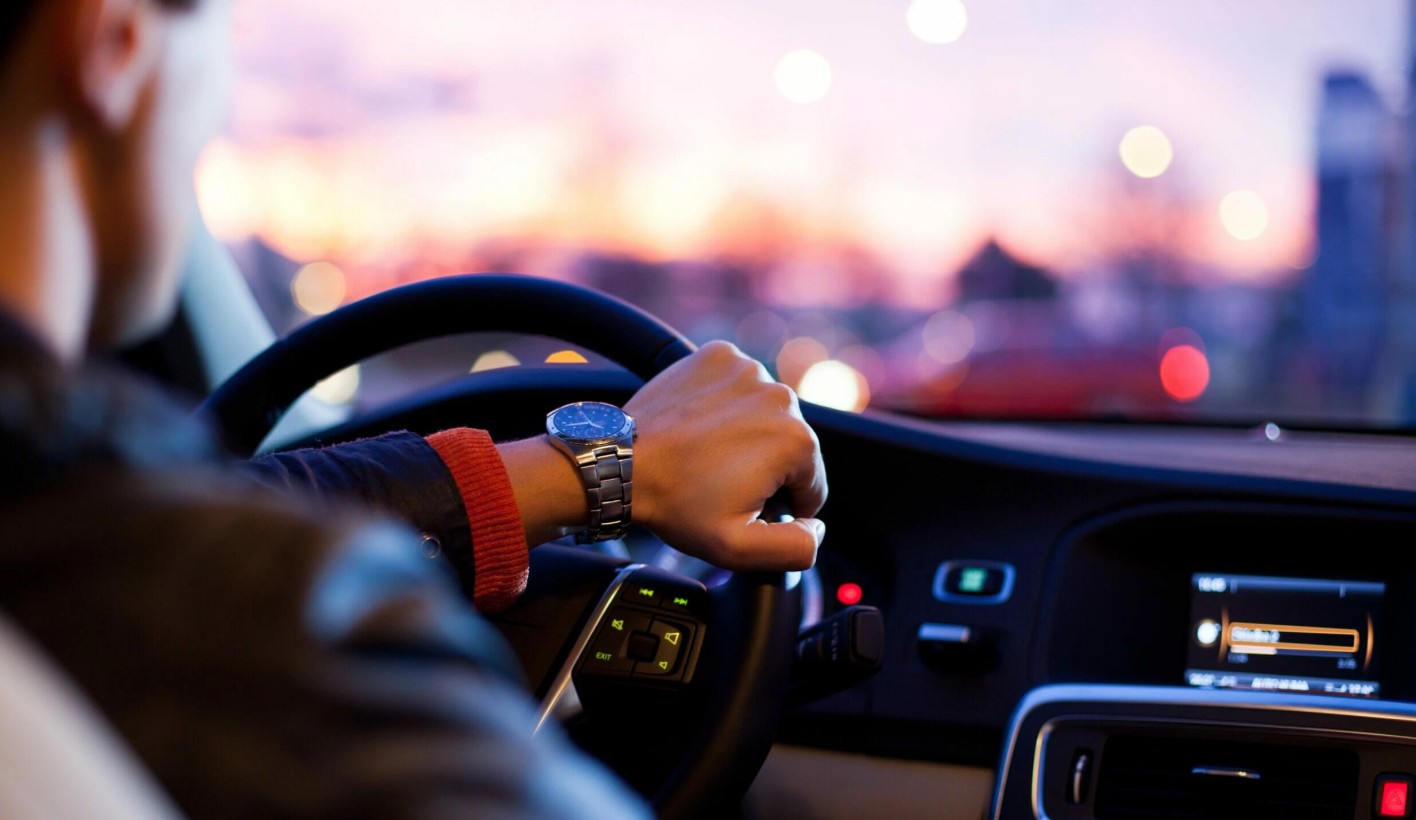
The time of day is also an important factor in fatigue monitoring. Our natural circadian rhythms play a role in when we feel most tired. For example, drivers may feel more fatigued during the late afternoon or early morning hours. Systems can use this knowledge to recommend breaks at these critical times.
These monitoring systems are particularly useful for long-distance drivers, including truckers and commuters, who spend hours on the road. By ensuring that drivers take breaks before they become too fatigued, these systems help prevent accidents caused by tiredness.
Fatigue monitoring is a crucial feature for ensuring the safety of both drivers and passengers. By encouraging timely breaks and monitoring key factors like trip length, steering behavior, and time of day, these systems help drivers stay alert and focused on the road.
9) Seat Belt Tug, Enhancing Safety with Automatic Tensioning
Seat belts are one of the most important safety features in a vehicle, but for them to be effective, they must fit properly. A seatbelt that is too loose or too tight won’t provide the maximum protection in the event of an accident. This is where advanced seat belt technology, such as seat belt tug, comes into play.
This technology works by using a motor or tensioning system that can detect when the seatbelt is too loose. If the system detects that the seatbelt is not tight enough, it gives the belt a quick tug, pulling it closer to the occupant’s body for a secure fit. This small adjustment can make a significant difference in the level of protection the seatbelt provides during a collision.
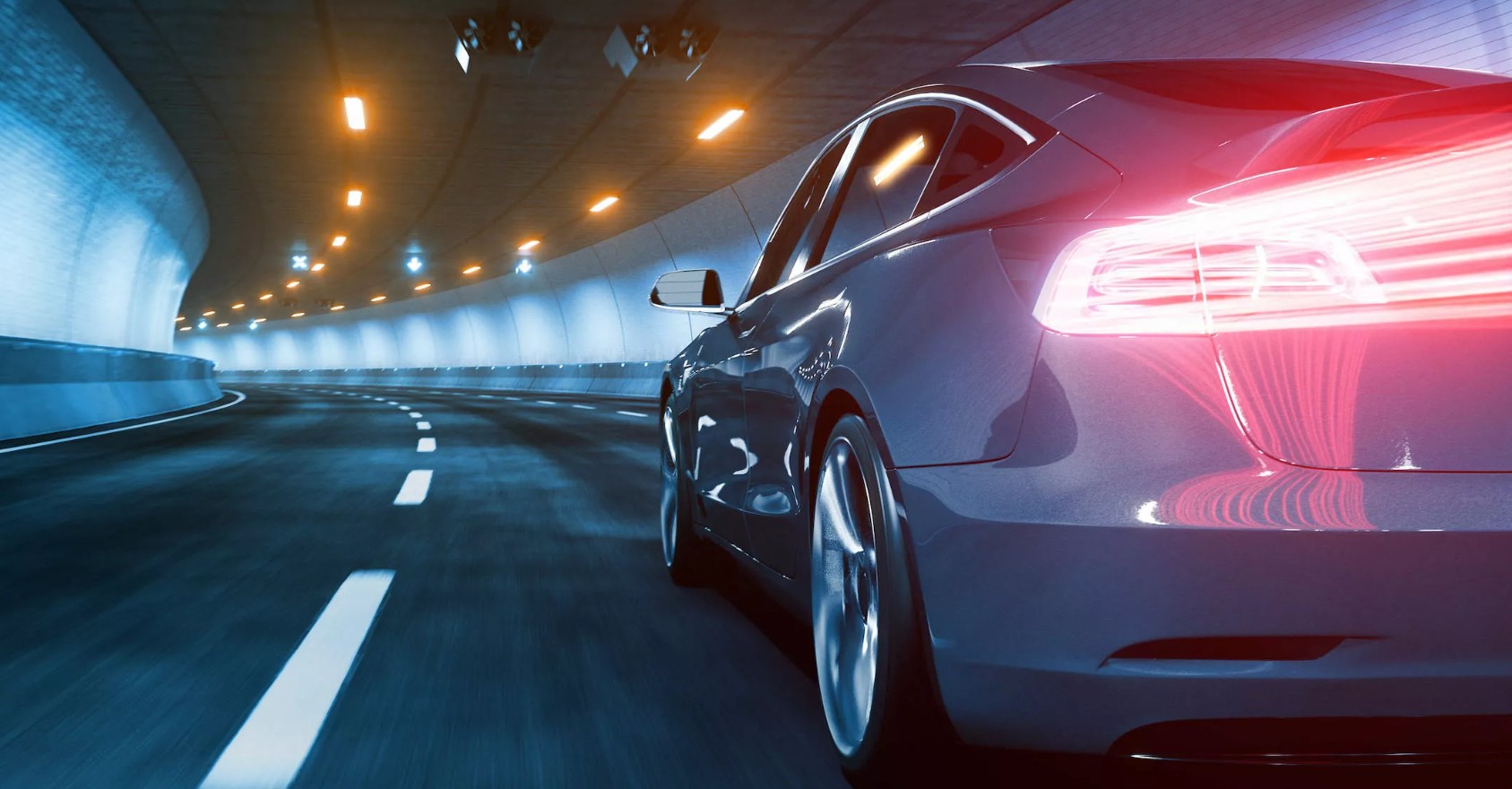
For example, children or people with smaller frames may struggle to get the perfect seatbelt fit. In such cases, seat belt tug technology can help make small adjustments to ensure the seatbelt is positioned correctly to provide the most effective protection.
Also read: Ford CEO Warns of Tariff Risks as EV Shift and Chinese Competition Reshape Auto Industry
seat belt tug technology is an essential development in car safety. It ensures that the seatbelt fits properly, providing the best possible protection for everyone in the car, no matter their size or shape. It’s just one of the many ways modern vehicles are becoming smarter and safer.
8) Automatic Crash Response, A Life-Saving Innovation
Car accidents can happen anytime, and in serious crashes, getting immediate medical help can be the difference between life and death.
The system also ensures that emergency services are dipatched to the scene without needing input from the driver. This is especially useful in situations where occupants are unconscious or unable to call for help. The quicker emergency services arrive, the better the chances of survival and recovery for those involved in the crash.
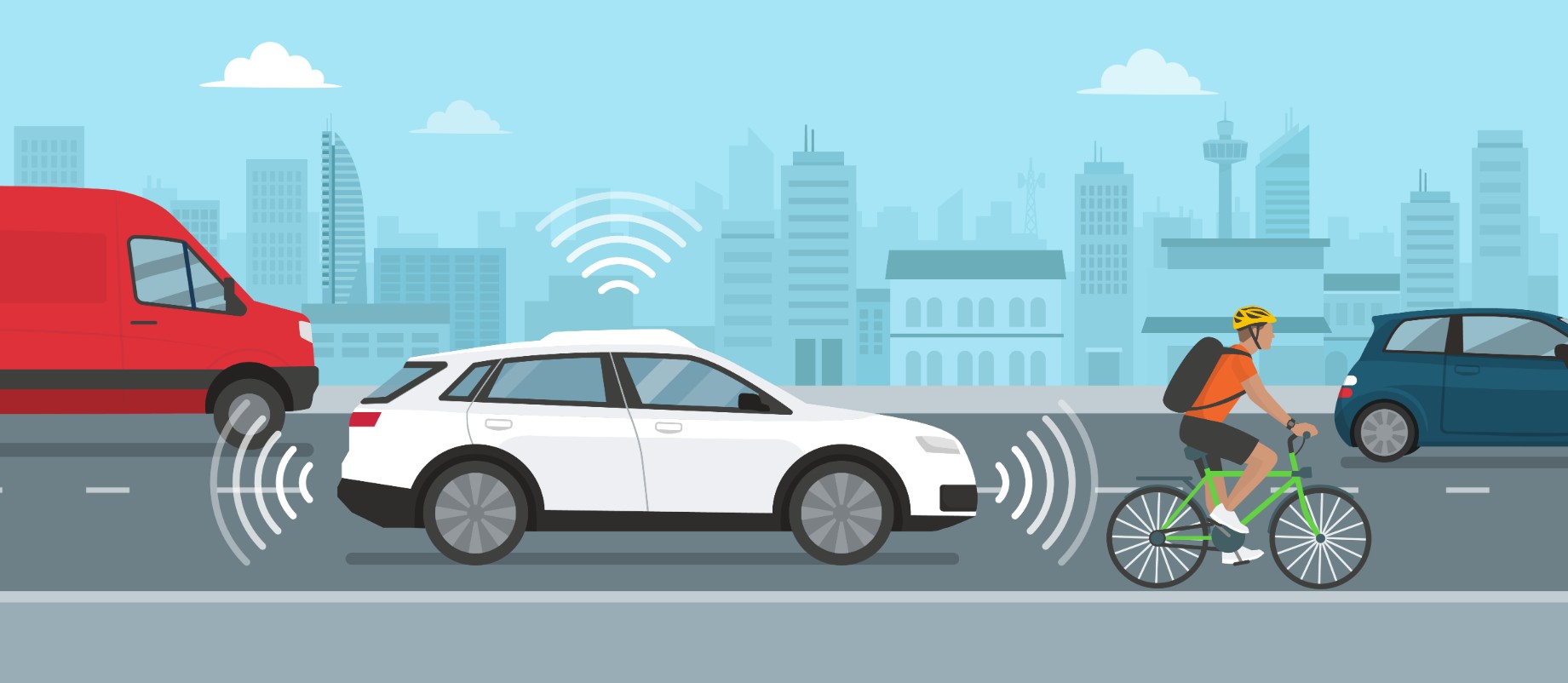
Recognizing the importance of such life-saving technology, the European Union (EU) made it mandatory for all new cars to have an ‘eCall’ system starting from March 31, 2018. This regulation was introduced to reduce fatalities and improve emergency response times for road accidents across Europe.
These systems rely on advanced sensors and GPS technology to detect a crash. When a severe impact occurs, the system automatically activates and sends data to emergency services. Some systems can even detect whether airbags have been deployed, giving responders a better idea of the crash’s severity.
While these systems are highly effective, drivers should still practice safe driving habits. Automatic crash response is a backup safety measure, but avoiding accidents through careful driving remains the best way to stay safe on the road.
7) Active Lane-Keeping Assist, A Step Towards Safer and Smarter Driving
Driving on highways and busy roads requires constant focus to stay within lanes. However, distractions or momentary lapses in concentration can cause a driver to drift out of their lane, leading to accidents.
When the system notices that the car is unintentionally crossing a lane line without the turn signal activated, it automatically applies slight steering adjustments to guide the vehicle back into place. This helps prevent side collisions and road departures.
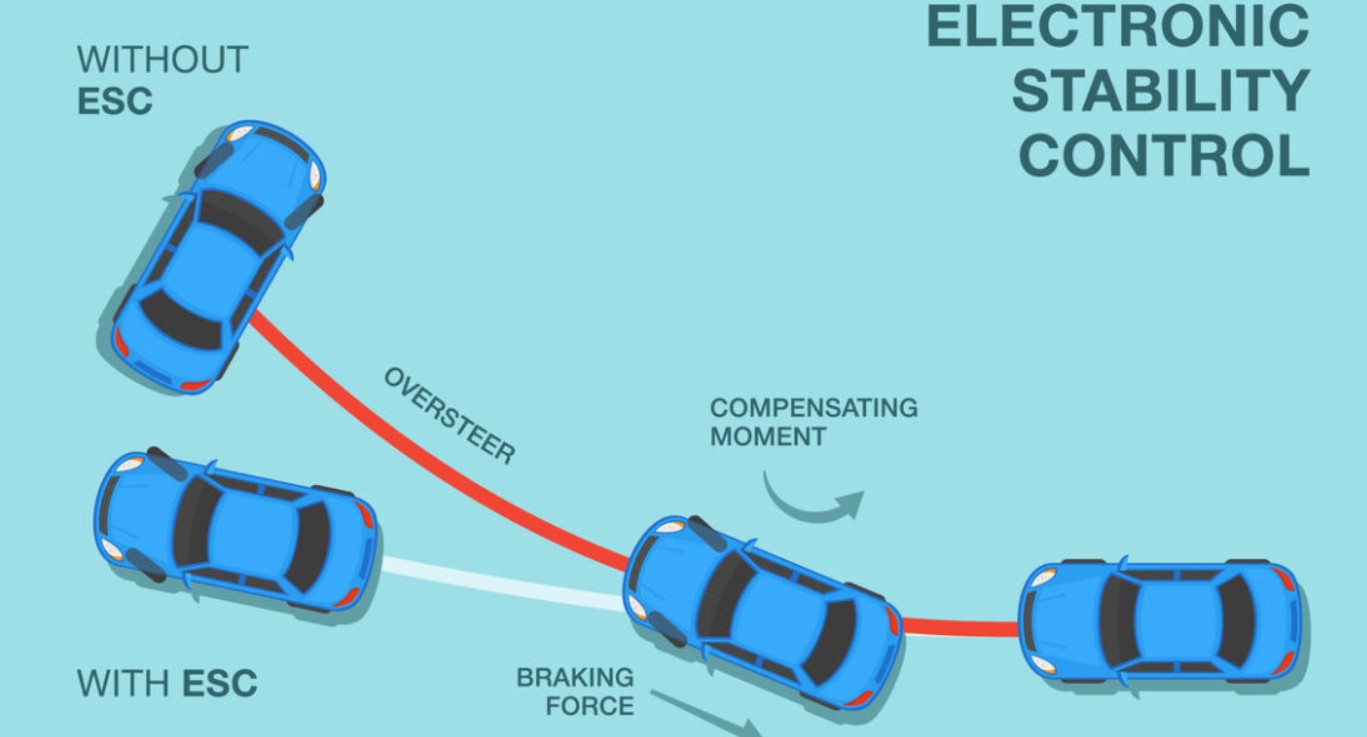
Many modern vehicles, such as Audi models, combine active lane-keeping assist with adaptive cruise control. When used together, the car maintains a safe speed while also ensuring it stays centered within its lane. This makes highway driving easier and reduces the strain on drivers during long journeys.
Drivers can override the system at any time by using their turn signals, just like with lane departure warning systems.
Despite its benefits, lane-keeping assist is not a substitute for responsible driving. Drivers should always remain alert and keep their hands on the steering wheel. Many systems require regular driver input to ensure the driver is still engaged, preventing over-reliance on the technology.
6) Head-Up Display (HUD): A Smarter Way to Stay Informed While Driving
Technology has transformed modern cars, making driving safer and more convenient. One such innovation is the head-up display (HUD), a feature inspired by fighter jet technology.
A HUD projects important driving information directly into the driver’s field of vision, reducing the need to look away from the road. This helps improve focus and enhances safety.
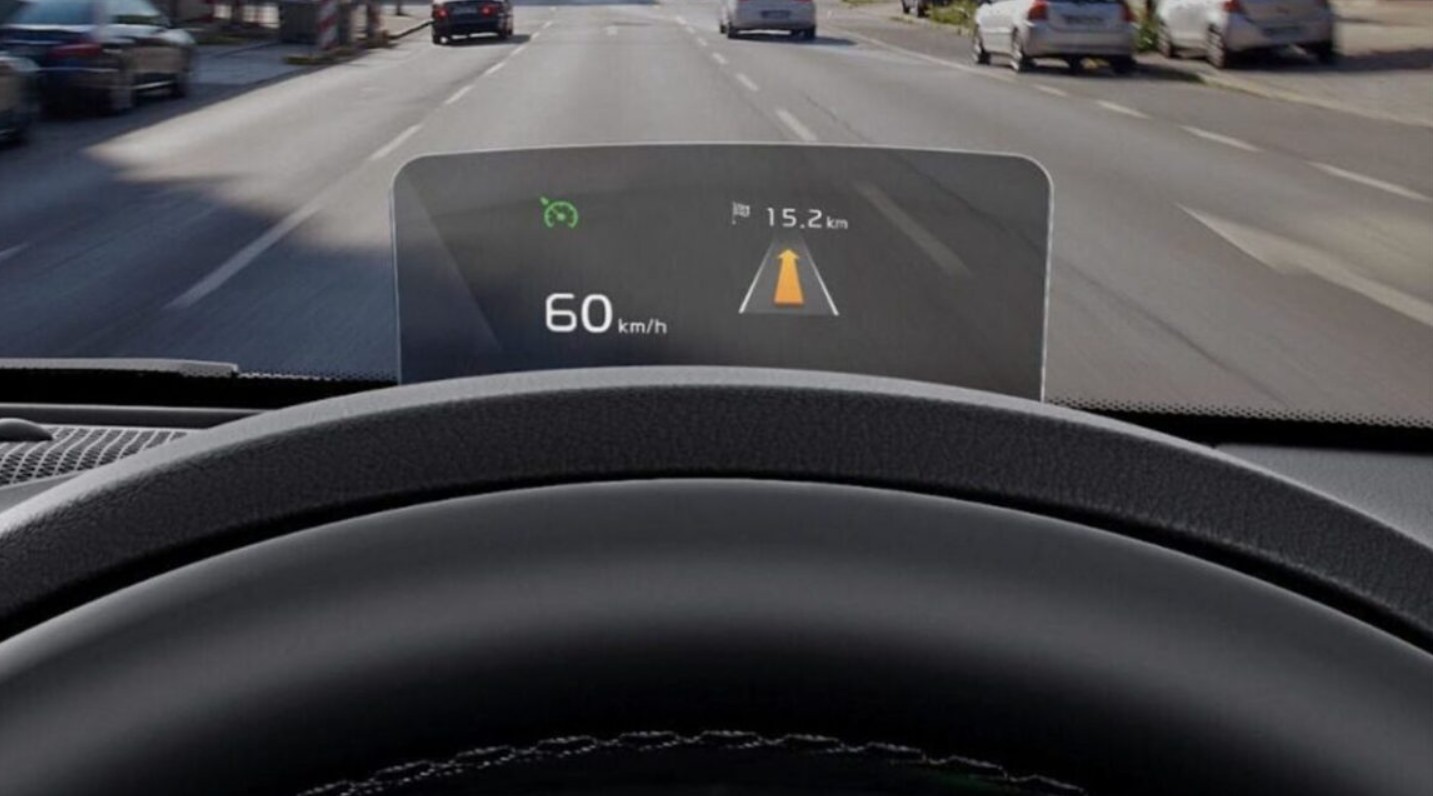
The second type is a more advanced system found in premium and luxury cars. Instead of using a separate screen, the information is projected directly onto the windshield. This method provides a clearer, more natural display, allowing drivers to absorb information seamlessly without shifting their focus from the road.
HUDs offer several advantages beyond just convenience. They improve reaction times by allowing drivers to keep their eyes on the road longer. This is particularly useful when following navigation directions, as the driver doesn’t need to glance at a separate screen or infotainment system to see upcoming turns.
Also read:Auto Executive Warns of Canada-Mexico Trade Disruptions as Trump’s Tariff Threat Looms
Augmented reality HUDs are already being tested in some high-end vehicles. These systems can highlight lane markings, detect pedestrians, and display real-time hazard warnings. In the future, HUDs could integrate with vehicle-to-vehicle (V2V) communication, providing alerts about road conditions, traffic congestion, or potential dangers ahead.
5) Cross-Traffic Alert: Enhancing Safety When Reversing
Parking lots and driveways can be tricky places to navigate, especially when reversing. A common issue many drivers face is limited visibility due to parked cars, walls, or other obstructions. Cross-traffic alert is an advanced safety feature that helps drivers by detecting approaching vehicles when backing out of a parking space.
Some vehicles are equipped with cameras mounted on the bumpers that display a live image on the infotainment screen. This gives drivers a clear view of what’s behind them, reducing the chances of accidental collisions. The combination of visual and audio alerts makes it easier to reverse safely, even in tight spaces.
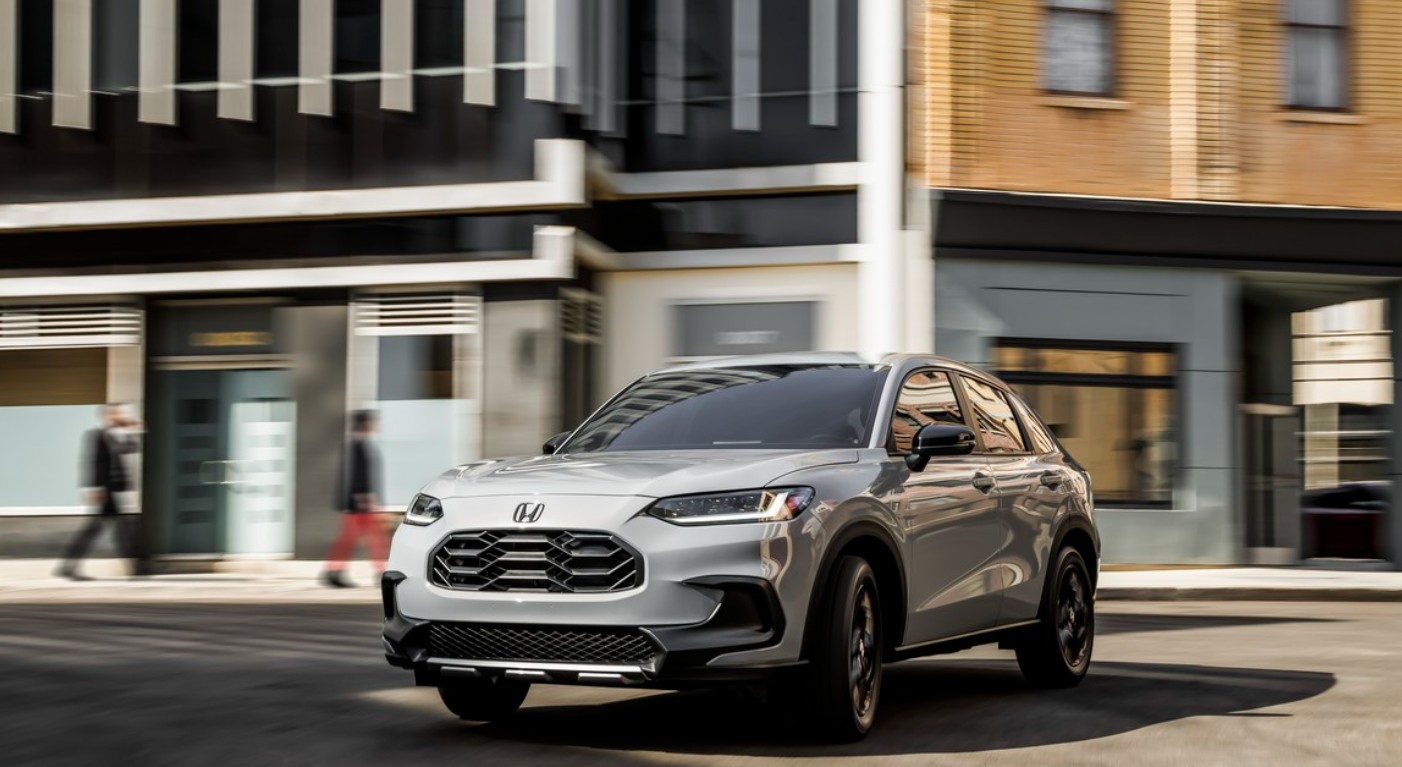
Parking lot accidents are more common than people think. In 2016, a study by RAC Insurance found that two-thirds of drivers had experienced some kind of damage to their vehicle in a parking lot. Nearly half of these incidents occurred at supermarkets, where tight spaces and heavy traffic increase the risk of collisions.
Some modern vehicles combine cross-traffic alert with automatic emergency braking. If the driver does not respond to the warning, the system can apply the brakes to prevent a collision. This added layer of safety further reduces the chances of accidents in parking lots and driveways.
While cross-traffic alert is a useful tool, drivers should not rely on it entirely. Checking mirrors, turning to look behind, and reversing slowly are still essential habits for safe driving. The system is designed to assist, not replace, a driver’s judgment and awareness.
4) Blind Spot Detection: A Crucial Safety Feature for Modern Driving
Changing lanes on busy roads can be risky, especially when other vehicles are in your blind spot. Blind spot detection is a safety feature designed to help drivers avoid collisions by alerting them when another vehicle is in an area they might not see. This technology has become increasingly common in modern cars, making driving safer for everyone.
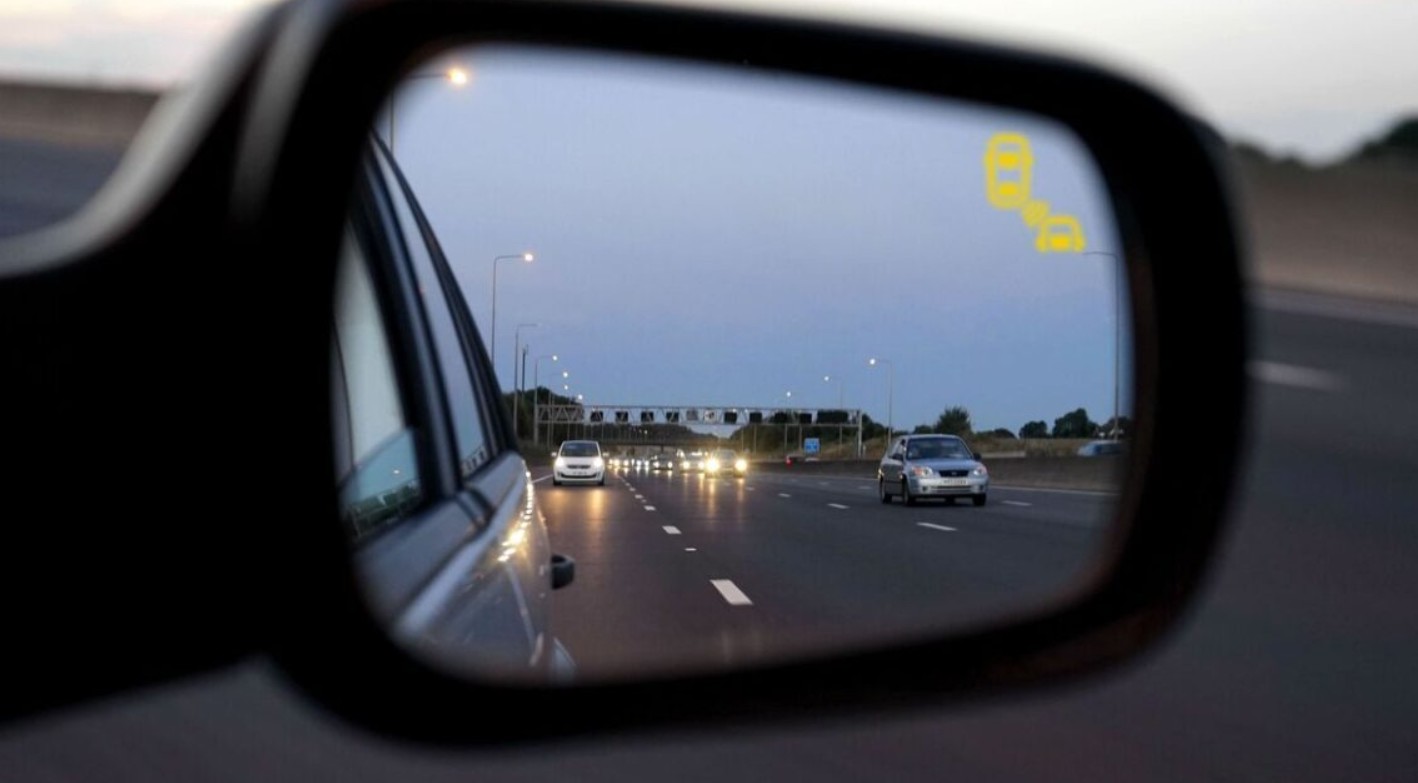
Volvo was one of the first car manufacturers to introduce blind spot detection with its Blind Spot Information System (BLIS) in 2004. This system used cameras placed beneath the side mirrors to detect vehicles in the driver’s blind spot. When a car was detected, a light flashed in the mirror, warning the driver not to change lanes.
Blind spot detection is particularly beneficial for larger vehicles, such as SUVs and trucks, which have bigger blind spots than smaller cars. This technology helps drivers of all vehicle types stay more aware of their surroundings and make safer driving decisions.
Also read: Auto Giant Volkswagen Prepares Affordable EV Push With New Entry-Level Model From Wolfsburg
Despite its benefits, blind spot detection should not replace proper mirror checks and shoulder glances. Drivers should still practice safe driving habits and use these systems as an extra layer of protection rather than a complete substitute for awareness.
3) Bluetooth Connectivity, Enhancing Safety and Convenience on the Road
Using a mobile phone while driving is dangerous and has been linked to many road accidents. In an effort to improve road safety, governments have introduced strict penalties for drivers caught using hand-held mobile phones.
In some places, fines have increased significantly, and offenders may receive penalty points on their driving licenses.
For those who drive older cars without built-in Bluetooth, aftermarket solutions are available. Devices such as Bluetooth adapters and hands-free kits can be purchased for as little as $20. These affordable options allow drivers to enjoy hands-free communication without the need for expensive upgrades.
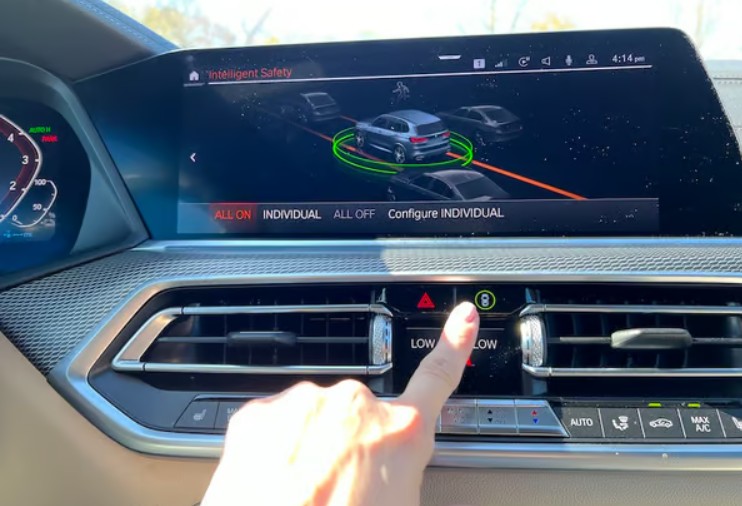
The rise of voice-controlled assistants like Siri, Google Assistant, and Alexa has further improved Bluetooth functionality in cars. Drivers can use voice commands to make calls, send texts, get navigation directions, and control their music without taking their eyes off the road. This makes driving safer and reduces distractions.
As car technology, Bluetooth connectivity is expected to improve further. Future advancements may include better voice recognition, seamless smartphone integration, and enhanced safety features that limit distractions. This will help create a safer driving experience for everyone on the road.
Ultimately, Bluetooth connectivity is a simple yet effective solution for reducing phone-related distractions while driving. By using hands-free technology, drivers can stay connected without putting themselves or others at risk, making the roads safer for everyone.
2) Reverse Camera, A Key Feature for Safer and Easier Parking
Parking in tight spaces can be challenging, especially when driving large vehicles with limited visibility. Many modern cars now come equipped with parking sensors to help drivers avoid obstacles while reversing.
However, reverse cameras take this a step further by providing a clear video feed of the area behind the vehicle, making parking safer and more convenient.
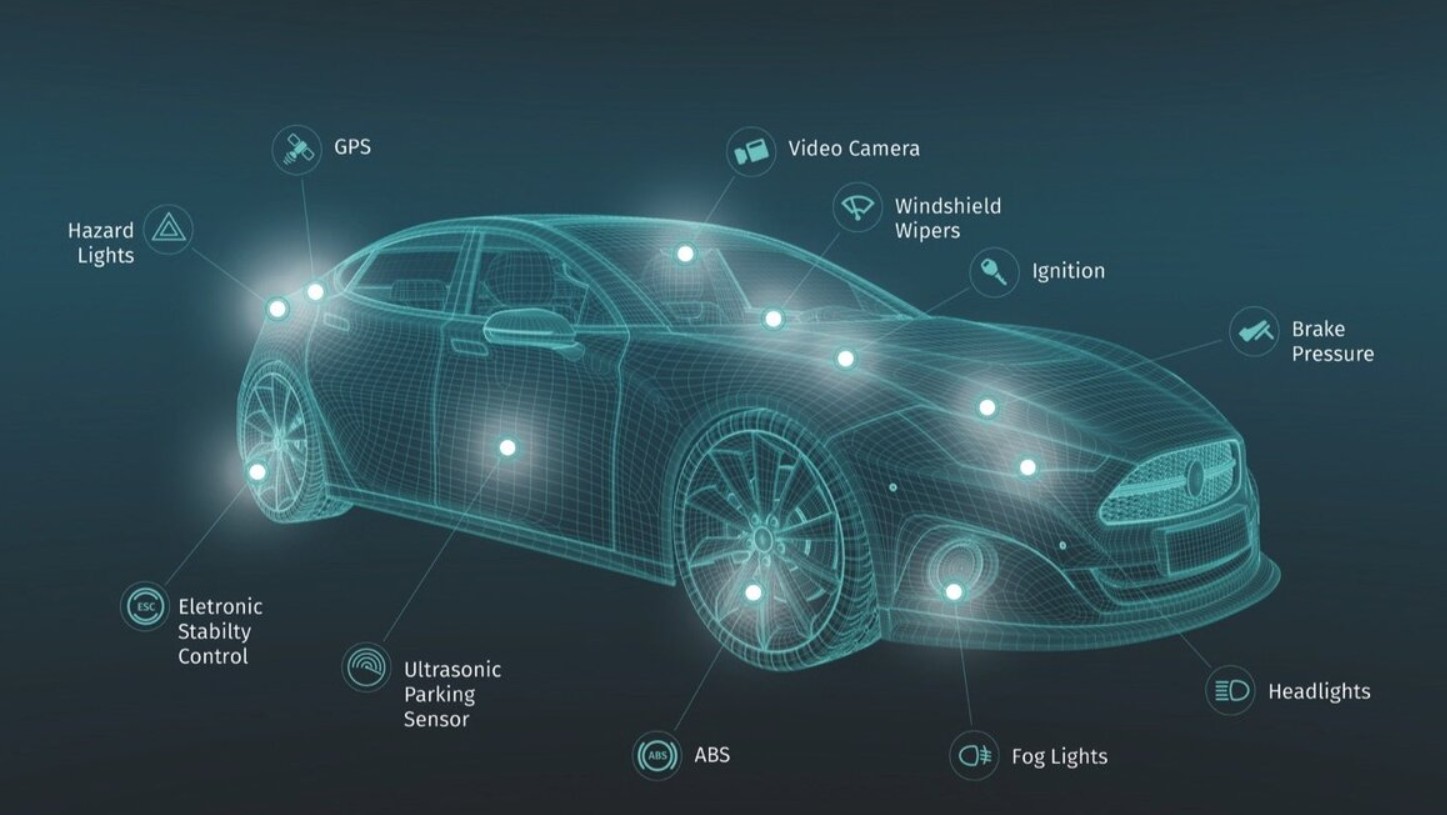
One of the biggest advantages of reverse cameras is their ability to detect objects that may be too low to see through the rear windshield. Small children, pets, or low obstacles can be hidden from view but are easily visible on the camera screen. This reduces the risk of accidents, especially in residential areas or crowded parking lots.
Advanced reverse camera systems also include multiple camera angles or a 360-degree bird’s-eye view. This feature uses multiple cameras around the car to create a complete overhead image, making it even easier to navigate tight spaces. Luxury vehicles and some mid-range models now offer this technology as a premium safety feature.
Reverse cameras are especially helpful in dimly lit areas, such as underground parking garages or at night. Many systems are equipped with night vision or enhanced brightness to provide a clearer view in low-light conditions, ensuring that drivers can see obstacles even in the dark.
Despite their many benefits, reverse cameras do have some limitations. Poor weather conditions, such as heavy rain or fog, can affect visibility on the screen. Additionally, dirt or mud can accumulate on the camera lens, making the image blurry. Regular cleaning of the camera is essential for maintaining clear visibility.
Also read: Tech Entrepreneur Trapped in Self-Driving Waymo’s Endless Loop, Sparking Safety Concerns
Reverse cameras have revolutionized the way we park and reverse, making the process safer and more efficient. Whether navigating a busy parking lot or backing out of a driveway, this technology provides an extra layer of confidence, reducing stress and preventing accidents on the road.
1) Adaptive Cruise Control, Making Long Drives Easier and Safer
Cruise control, a feature that allows drivers to set a constant speed, was first introduced in 1958 as “Auto Pilot” on the Chrysler Imperial. This system worked by adjusting the throttle to maintain the desired speed. It made driving more convenient, especially on highways, by reducing the need to constantly adjust the gas pedal.
Unlike standard cruise control, ACC uses radar sensors to monitor the traffic ahead and maintain a safe distance from the vehicle in front. If the gap narrows, the system automatically reduces the speed to maintain the preset distance.
ACC makes driving in heavy traffic much easier. For example, if you’re driving on a busy motorway and the car in front slows down, the ACC will adjust your speed accordingly. This feature reduces the need for constant speed adjustments and helps reduce the stress of long, monotonous drives.
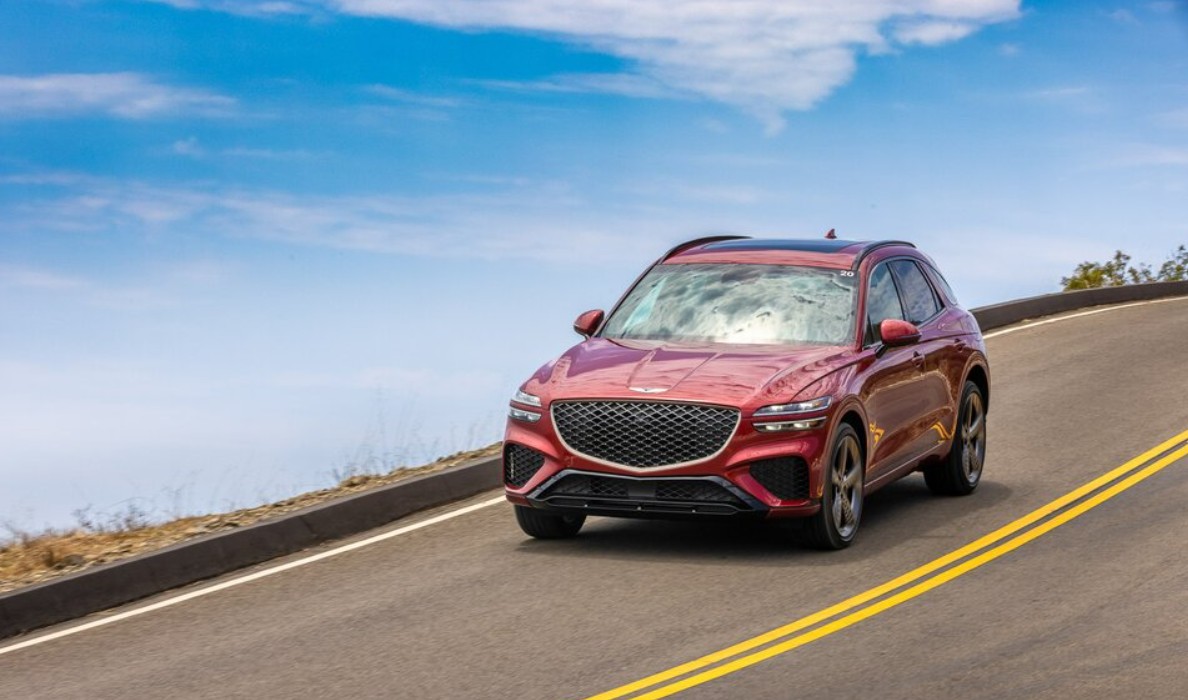
The system is designed to respond to changing traffic conditions, making it safer than traditional cruise control. In busy traffic, ACC will slow down your vehicle and speed it up again when the traffic clears, all while keeping you within a set distance of the car ahead.
While ACC is a helpful feature, it is important to remember that it is not a replacement for attentive driving. Drivers should remain alert and be prepared to take control if necessary. ACC is meant to assist, not replace, human judgment and control.
Adaptive cruise control is an essential feature for modern cars, especially for those who spend a lot of time on the road. By automatically adjusting speed and maintaining a safe distance from other vehicles, ACC helps drivers stay focused, relaxed, and safe, making it an important part of the driving experience.

